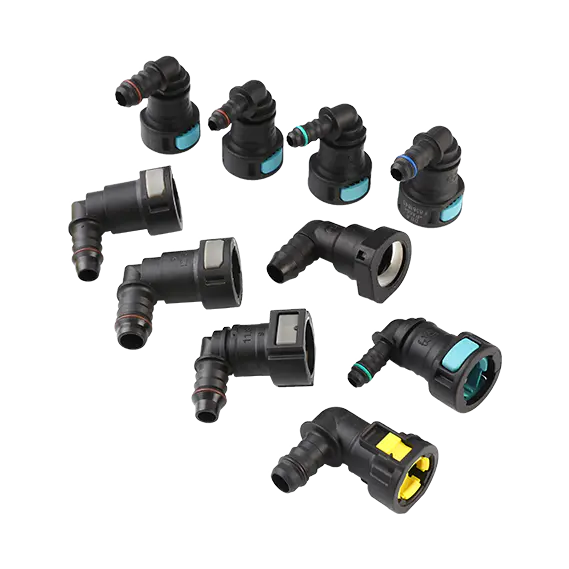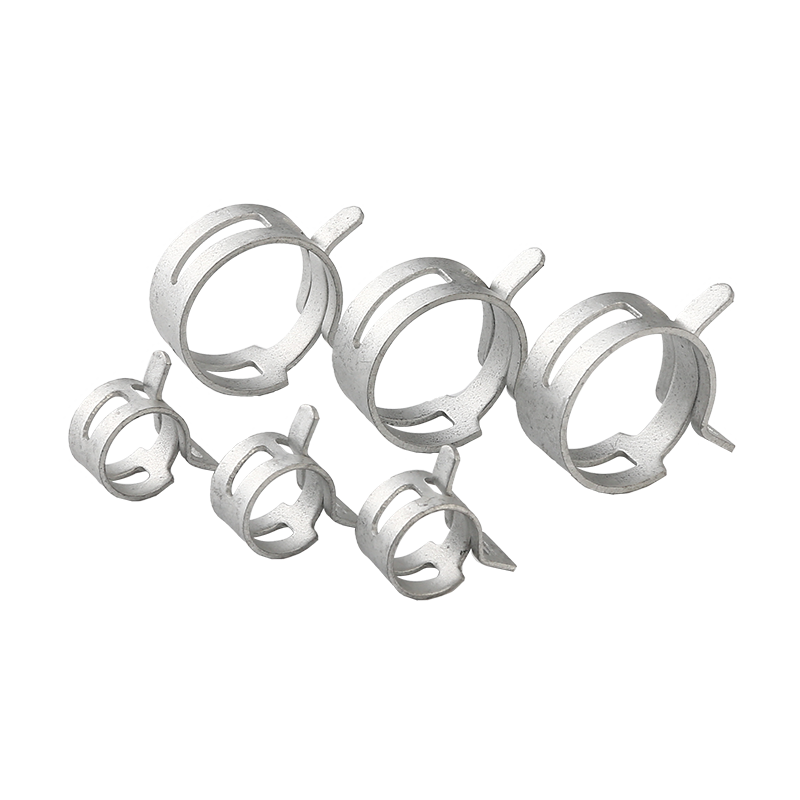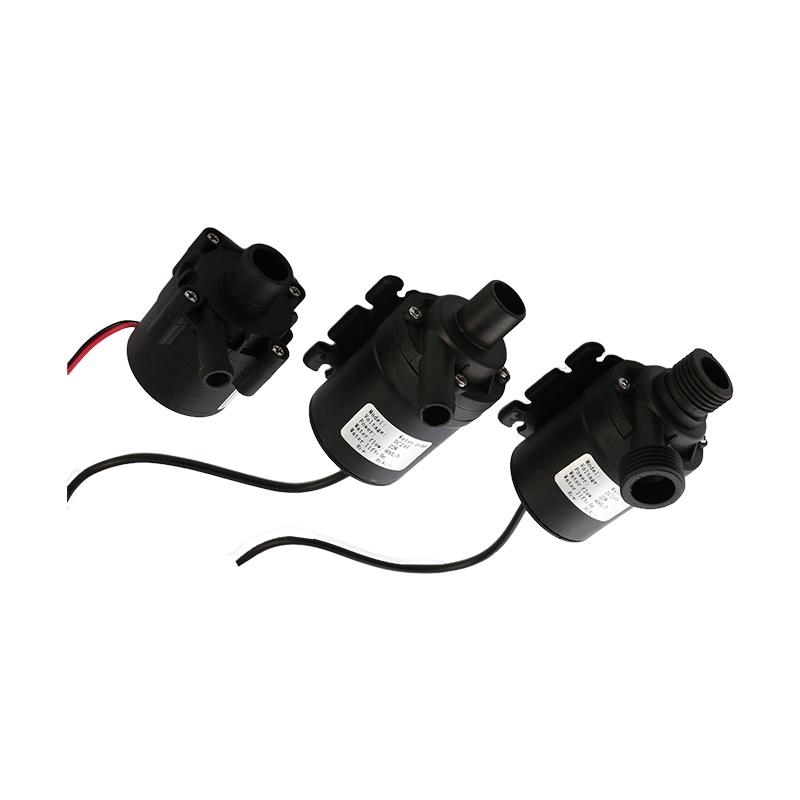How to Choose the Right Automotive Coolant Hose
The automotive coolant radiator hose serves as a conduit for coolant fluid, carrying it from the engine to the radiator and vice versa. This ensures that the engine operates within the appropriate temperature range. The coolant hose, which connects various parts of the cooling system, helps circulate coolant throughout the engine, preventing the engine from overheating.
A faulty or worn-out coolant hose can cause engine failure, expensive repairs, or even complete breakdowns. Therefore, selecting the right coolant hose is a crucial part of vehicle maintenance.
Key Considerations When Choosing a Coolant Hose
Material Compatibility
The materials used in the construction of coolant hoses can significantly affect their performance and durability. more hoses are made from rubber, silicone, or a blend of both, and each material has its benefits. Rubber hoses tend to be more affordable but may wear out faster, while silicone hoses offer greater durability, especially in high-performance or high-temperature environments.
Temperature Resistance
The automotive coolant radiator hose is exposed to high temperatures as it circulates coolant around the engine. Therefore, it’s essential to choose a hose designed to withstand these temperatures. A coolant hose with insufficient temperature resistance can warp, crack, or leak, causing coolant loss and engine overheating.
Pressure Ratings
Coolant hoses must also be able to handle the pressure within the cooling system. Over time, coolant hoses can degrade and lose their structural integrity, particularly if exposed to high pressure or harsh chemicals.
Size and Fit
The size of the hose is a critical consideration. The automotive coolant radiator hose must match the size and design specifications set by the manufacturer to ensure proper function. A hose that’s too large or too small can cause leaks, restricted coolant flow, or even complete failure of the cooling system.
Brand and Quality
The quality of the hose is just as important as its specifications. While it may be tempting to opt for a cheaper option, investing in high-quality, OEM (Original Equipment Manufacturer) hoses can save you from frequent replacements and costly repairs down the line.
.jpg)
Common Mistakes to Avoid
Overlooking Quality
Choosing a low-cost hose may save you money upfront, but it could cause costly issues down the road. Lower-quality hoses may crack, warp, or degrade more quickly, resulting in higher repair costs in the future.
Improper Installation
Even the ideal Coolant Hose can fail if not properly installed. Ensure that the hose is securely fitted, and there are no kinks or bends that could restrict coolant flow. Improper installation can cause to leaks or pressure buildup, causing damage to the engine.
Neglecting Regular Inspections
It’s important to regularly inspect your coolant hoses for signs of wear, such as cracks, leaks, or brittleness. A small issue that goes unnoticed could quickly escalate into a major problem. A quick inspection can help you spot potential problems before they cause significant damage.
Maintaining Your Automotive Coolant Radiator Hose
Regular maintenance of the Automotive Coolant Radiator Hose and other cooling system components is key to ensuring the longevity of your vehicle’s engine. Here are some tips to keep your hoses in top shape:
Flush the Cooling System: Periodically flush the coolant system to remove debris, contaminants, and old coolant fluid.
Check for Leaks: Inspect the hoses for signs of leakage and replace them if necessary.
Replace Worn-Out Hoses: Even if you don’t see visible signs of damage, hoses should be replaced periodically to avoid unexpected failures.

 English
English
 Español
Español














